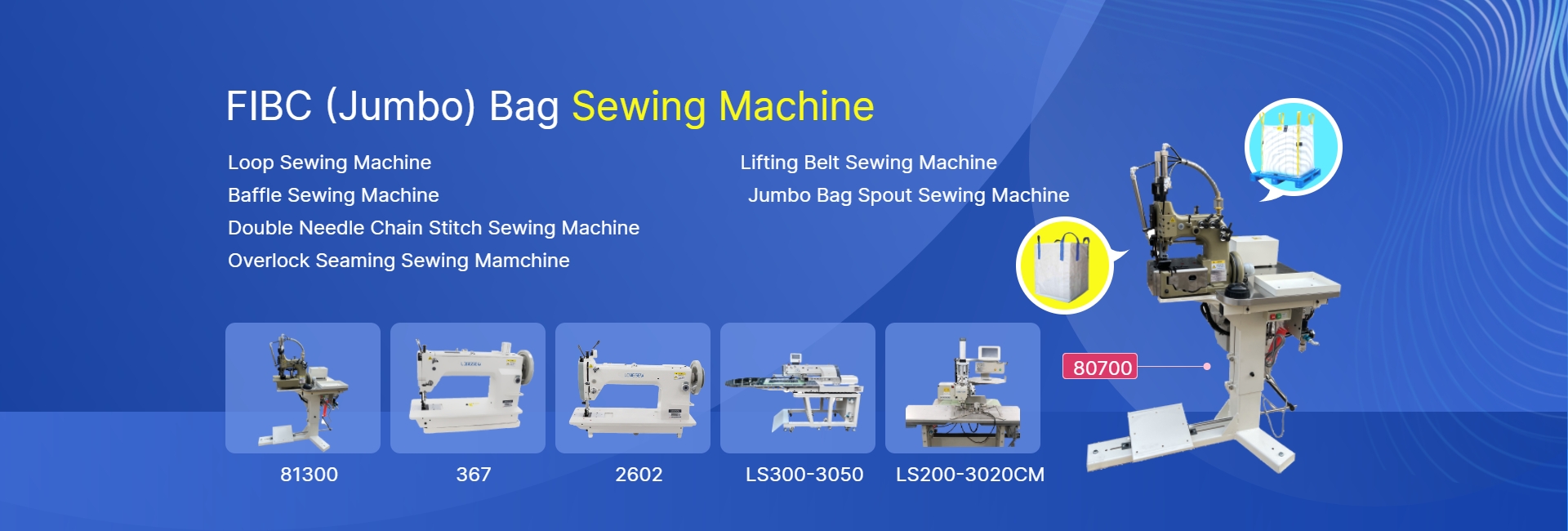Best Sewing Machines for Fabrics and Leather Crafting Needs
Sewing Machines for Fabric and Leather A Comprehensive Guide
When it comes to sewing, the choice of machine can significantly influence the outcome of your projects. Whether you are working with delicate fabrics or robust leather, it is crucial to have the right tools at your disposal. This guide explores the factors to consider when selecting a sewing machine specifically tailored for fabric and leather, ensuring your creativity and craftsmanship shine through in every stitch.
Understanding the Differences
Sewing machines vary widely in their design and functionality, particularly when it comes to handling different materials. Fabrics such as cotton, silk, and wool generally require machines that can sew straight, zigzag, and decorative stitches easily. On the other hand, leather is a heavier and more challenging material that demands special features from a sewing machine to achieve professional results.
Key Features to Look For
1. Motor Power Leather is tougher than most fabrics, and it requires a machine with a powerful motor. Look for machines that boast a strong motor capable of stitching through multiple layers of heavy material without stalling.
2. Needles and Thread Utilizing the correct needle and thread is crucial. Leather needles have a wedge-shaped tip that easily penetrates the material, while heavy-duty threads, such as polyester or nylon, provide the strength needed for durable seams. Ensure your sewing machine can accommodate the larger sizes of needles and thicker threads.
3. Walking Foot A walking foot, or even feed foot, is an essential accessory for sewing leather. This feature helps to maintain a consistent feed of the material, preventing shifting and bunching, which can lead to uneven stitches.
4. Tension Control Different materials require different tension settings. A machine that allows for easy tension adjustment can help you achieve flawless seams, whether you are working with lightweight fabric or heavy leather.
5. Cutting Capability If you plan on making intricate designs or patterns, consider machines that come with additional attachments, such as a rotary cutter or a free-motion quilting foot. These features can greatly enhance your creative possibilities.
sewing machine for fabric and leather

Recommended Sewing Machines
Several sewing machines cater to both fabric and leather enthusiasts. Brands like Juki, Brother, and Janome offer models with powerful motors, adjustable tension settings, and the option to use a walking foot. For example, the Juki TL-2010Q is an excellent choice for quilters and leather crafters alike due to its exceptional speed and versatility.
For those who prefer a computerized machine, the Brother CS6000i is known for its user-friendly interface and range of stitch options, which are suitable for a variety of fabrics. However, using it for leather requires the addition of a walking foot and suitable needles.
Tips for Sewing with Leather
Sewing leather can be daunting, especially for beginners. Here are a few tips to help you get started
- Test on Scraps Always test your stitches on scrap pieces of leather before working on your main project. This will help you adjust settings like tension and stitch length.
- Use a Teflon Foot A Teflon foot can help the presser foot glide over the surface of the leather, reducing snags and ensuring smooth stitching.
- Avoid Pins Instead of using pins, which can leave holes, consider using clips to hold the pieces together while you sew. This method helps maintain the integrity of the leather.
Conclusion
Selecting the right sewing machine is crucial for anyone looking to create with both fabric and leather. By understanding the unique requirements of each material and choosing a machine equipped with the necessary features, you can unleash your creativity and produce stunning results in your sewing projects. Whether you're crafting garments, accessories, or home decor items, the journey from fabric to finished piece can be a rewarding and fulfilling experience.
-
Boost Production Efficiency with a Pattern Sewing MachineNewsAug.29,2025
-
Industrial Excellence with the Best Heavy Duty Sewing MachineNewsAug.29,2025
-
Precision and Power with the Best Pattern Sewing MachineNewsAug.29,2025
-
Reliable Bulk Packaging Starts With the Right FIBC Sewing MachineNewsAug.29,2025
-
Advanced Packaging Solutions: Elevate Productivity with Jumbo Bag Sewing Machine and Industrial Stitching EquipmentNewsAug.29,2025
-
High-Performance Solutions for Bulk Packaging: FIBC Sewing Machine and MoreNewsAug.29,2025
-
Maximize Efficiency with an Industrial Cylinder Arm Sewing MachineNewsAug.28,2025


























